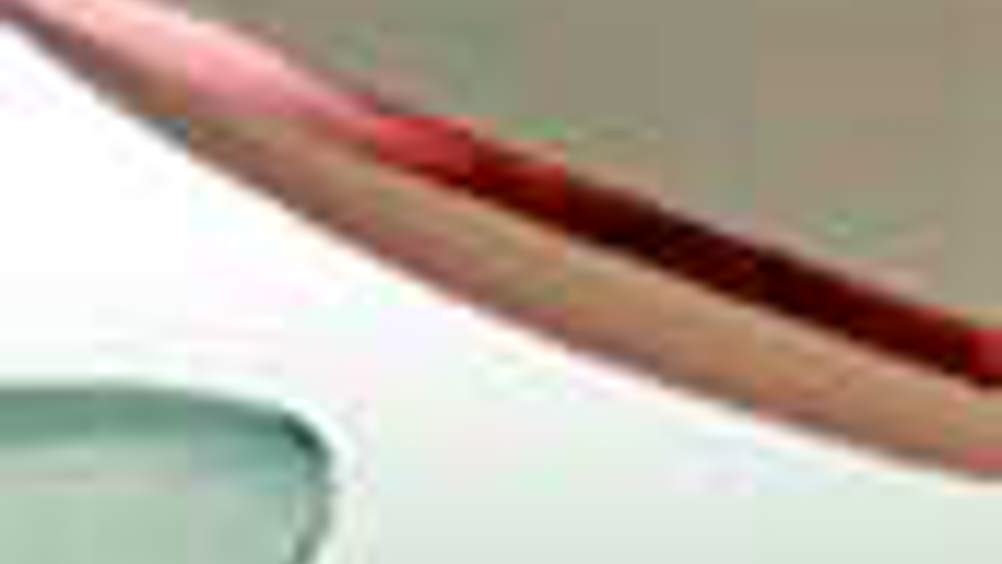In plane focus
A joint UK–US initiative predicts that in the future it will be possible to simply produce a flat, near-perfect lens using cost-effective materials.

Imaging systems, electronics and digital computers could benefit from a new generation of ‘near-perfect’ lenses, predicted by engineers at the
Such lenses have been the subject of much research over the past decade, but have depended on expensive and complex devices. But Tom Mackay of
Lenses and their properties, plus their drawbacks, have been known for centuries — the effectiveness of the lens depends on how well you can grind it. The theory of perfect lenses goes back to 1904, said Lakhtakia, and depends on how materials transmit the electrical and magnetic components of electrical and magnetic energy. This depends on properties called the dielectric and magnetic permittivity and, in theory, a material showing a certain combination of these properties will allow materials to refract light in the opposite direction from that seen with normal materials.
Register now to continue reading
Thanks for visiting The Engineer. You’ve now reached your monthly limit of premium content. Register for free to unlock unlimited access to all of our premium content, as well as the latest technology news, industry opinion and special reports.
Benefits of registering
-
In-depth insights and coverage of key emerging trends
-
Unrestricted access to special reports throughout the year
-
Daily technology news delivered straight to your inbox










Simulations show Optimal Design for Bladeless Wind Turbines
"an 80cm mast" Really? I'm short but that's only half my height! Do they mean 800cm?